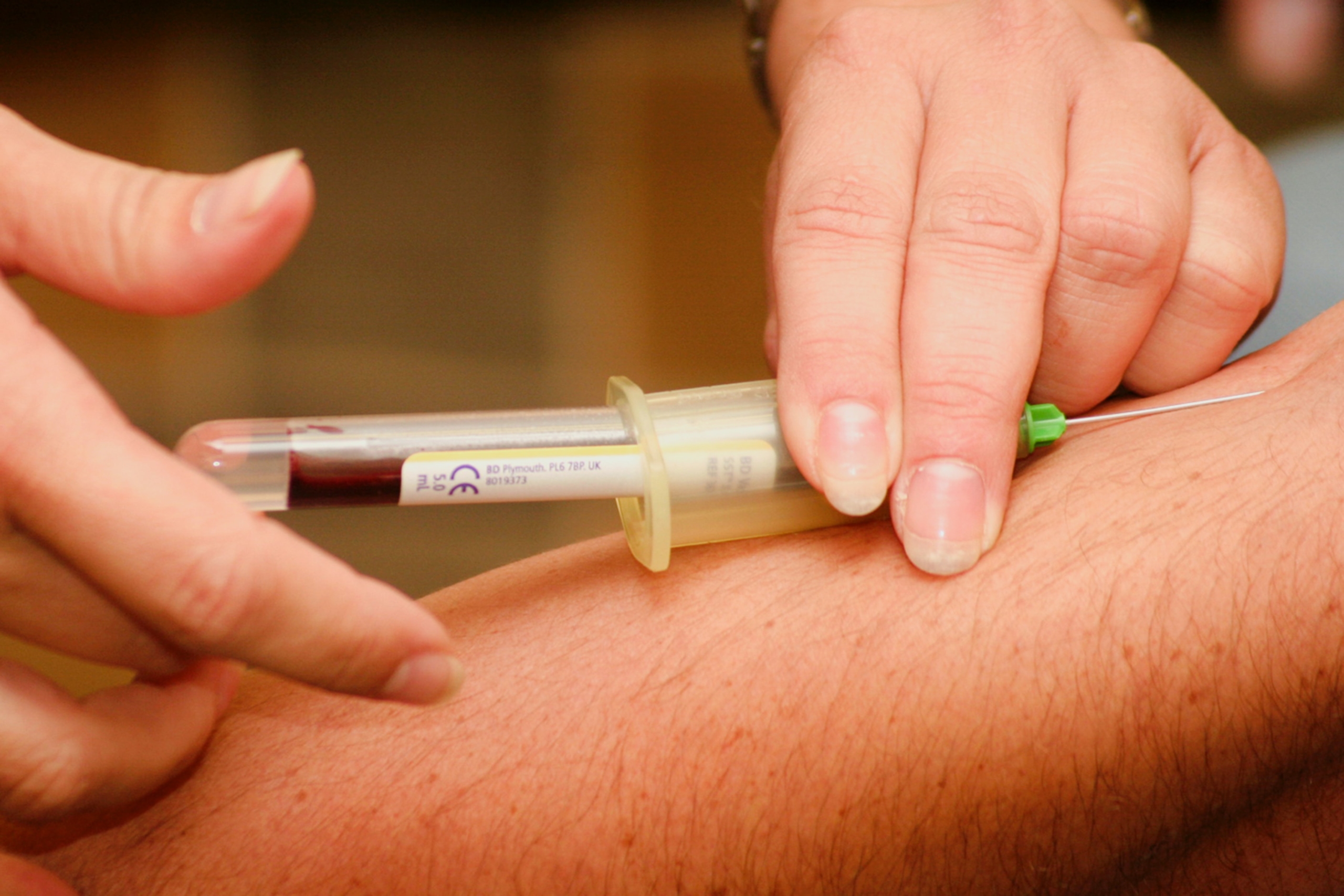Now Reading: Microchimerism and Its Importance
-
01
Microchimerism and Its Importance

Microchimerism and Its Importance
Every crime case pursues biological evidence as the crux of the case or the most crucial evidence. In the majority of the cases, it serves as the convicting proof; the most profound factor being the DNA profile. DNA evidence has been used in the courtroom for more than thirty years now. Since the DNA profiles, also known as genetic profiles, of an individual are unique to themselves, they provide a solid unquestionable alibi in every case. But is this true under all circumstances?
Diving deeper into the power of forensic science and its exceptional nature of distinguishing right from wrong, let us read about microchimerism, its features, and how, if at all, can they play a role in forensic science.
In many cases, there exists the presence of a genetically distinct set of cells, within an individual’s body. Although less talked about, its occurrence is quite frequent. And the phenomenon is termed as microchimerism.
The word microchimerism is derived from the word “Chimera”, which, according to Greek mythology is a monstrous figure whose body comprises of parts of three animals: a lion, a snake, and a goat. In human genetics, it is defined as the presence of two genetically distinct cell populations within the same individual. Thereby resulting in the presence of a minor amount of genetically different DNA, also termed as ‘foreign DNA’, within the same individual’s body. These distinct cells will always be existent as a minute population, in comparison to the host’s own cells. Hence named as micro-chimerism.
Types of Microchimerism
Based on the mode of occurrence, microchimerism can be categorized into 2 main types:
1) Natural: Those that occur by natural means and by no human intervention.
2) Artificial: Occurring as an after-effect of an activity done on the human body.
Natural Microchimerism and its causes:
- Fetal Microchimerism
It is the most widely occurring type of Microchimerism (Mc). During pregnancy, a small population of fetal cells migrate into the mother’s body and incorporate within the maternal organs. These cells are found to be persistent within the maternal bloodstream up to 30 days postpartum. However, in some cases fetal cells are also observed within the body after 30 decades postpartum.
- Maternal Microchimerism
Although less common than fetal microchimerism, maternal leukocytes have been observed in the skin, spleen, thymus, and liver of the early fetal and neonatal life of the baby. It has been found that normal delivery results in increased transport of maternal cells into the fetus, whereas Caesarean section causes increased transfer of fetal cells into the mother.
Artificially occurring Microchimerism:
- Blood Transfusion
It is medically termed as Transfusion Associated Microchimerism (TA-MC). Leukocytes are found to be persistent for up to 30 days within the bloodstream of the patient who has undergone transfusion.
- Organ Transplantation
Graft cells are often found to migrate out of the transplanted graft, into the peripheral organs of the host. This includes skin, lymph nodes, and peripheral blood.
- Bone Marrow Transplantation (Hematopoietic Stem Cell Transplantation)
This causes a more persisting kind of microchimerism within an individual. Since Red Blood Cells are produced within the bone marrow, a bone marrow transplantation will result in the newly produced Red Blood Cells to be carrying the Donor’s DNA. Thus, a foreign DNA, i.e. the Donor’s DNA, would be circulating within the bloodstream of the patient. At the same time, the rest of the patient’s organs will be carrying their own original DNA. This makes the patient a true chimera.
How long does Foreign DNA persist within a host’s body?
In blood transfusions, the time for which foreign DNA persists within the body depends on the amount of blood received during transfusion. Smaller-scale transfusions will eradicate foreign cells within 7-10 days. In large-scale transfusions, foreign DNA is even observed to be persisting up to a year and a half.
In cases of organ transplantation, foreign DNA has been found to exist for years. This is true, especially in kidney transplant cases. However, the population of cells is too small and restricted to only certain locations.
What is more relevant in terms of Crime investigation are the cases of Bone Marrow Transplantation, as it gives rise to a permanent chimera. In some cases, donor cells can infiltrate almost all parts of the body, except the hair root.
Microchimerism in Forensic Science: Why should it be given importance?
Over the recent years, the number of stem cell or bone marrow transplantations has increased, making it important to view Chimerism from the forensic point of view. Since Microchimerism is the harboring of a small population of foreign cells within an individual, it can often lead to a confusing genetic profile of the host.
The occurrence of two sets of DNA profiles from the same person can put forensic scientists, crime scene investigators, and DNA profilers in a dubious and flustering situation. Such cases have occurred, in which offenders have had undergone transfusions or transplantations.
Another challenge faced is that the donor’s DNA may be present only in certain locations or specimens of the body. This may not even be uniform for all patients who have undergone Transplantation. For example, patients who have undergone Bone Marrow Transplantation might show donor’s DNA within their bloodstream and sperm, whereas only their own DNA within cheek cells and other tissues. This denotes that biological evidence from a certain bodily specimen may not be reliable for individualization and paternity testing.
Further, since cases of chimeric incidents are quite rare, and happenings of evidence contamination are more, scientific officers could easily be misled by doubts of cross-contamination or mixture DNA.
This is especially true and challenging in sex determination cases, where an individual is a chimera carrying cells and DNA of the opposite sex. In other words, when the patient has received Transplantation from an individual of the opposite sex. Apart from transplantation cases, similar situations can even arise in twins of the opposite sexes. This could be due to blood transfer between both babies during the gestation period. Another example is women bearing male children and hence carrying DNA of the opposite sex within their body.
All these cases can result in chimerism. And samples from them may produce erroneous results in DNA-based gender analysis. Since cell populations of two sexes are present, usage of male or female-specific STR markers will produce faulty electropherogram readings, thereby causing more confusion.
One of the earliest and most talked-about cases in chimerism is that of a sexual offence case in Alaska in 2005. Semen sample was found at the crime scene and the police had their prime suspect. On DNA profiling of the suspect’s blood sample, a match was obtained. However, it startled investigators as the match was of a person who was in jail when the assault took place. On further investigation, it was found out that the suspect had undergone stem cell transplantation, whose donor was his brother, the person in jail.
How to overcome such fallacies in forensic DNA analysis?
If multiple samples from a chimeric individual are obtained at the crime scene, the analyst will have no clue that these samples came from the same person. The analyst would naturally conclude that there were two individuals involved, and the case would build up on false assumptions.
Another way in which the case can get waivered is if a blood or semen sample is obtained at the crime scene and an oral swab is collected from the suspect, who could be a chimera. Now even if the suspect is the real offender, the samples may not provide an exact match.
A way to address such problems would be to strictly test ‘like with like’. A blood sample could be tested against blood, semen against semen, and saliva against saliva. The outcomes of such tests would never be different or erroneous.
In circumstances that give rise to erroneous and confusing profiles, the analysis could proceed with an assumption of chimerism. The fact that chimeras exist is enlightening as well as challenging to an extent. In the future of DNA analysis for crime investigations, the knowledge of microchimerism and its possible fallacies could be of great precedence. And as the popular saying goes ‘Let hundred guilty be acquitted, but no innocent should be convicted’, the detection and analysis of Microchimerisms can rule out innocent individuals from being suspects in a crime.
REFERENCES
- Catherine Arcabascio, Chimeras: Double the DNA – Double the Fun for Crime Scene Investigators, Prosecutors, and Defense Attorneys (2007) Akron Law Review; 435-464
- David H. Kaye (2013), Chimeric Criminals, 14 MINN. J.L. SCI. & TECH. 1.
- E Sanz-Pena et al (2019) Forensic implications of the presence of chimerism after hematopoietic stem cell transplantation. Forensic Science International; 109862
- J Lee Nelson (2003) Microchimerism in Human Health and Disease. Autoimmunity; 36
(1): 5-9 - Renjith George et al (2013) The impact of chimerism in DNA-based forensic sex determination analysis. The Malaysiam Journal of Medical Sciences; 20(1): 76–80
- Arthur Liang (2020) Chimerism, and How It Can Skew Criminal Investigations. The Spectator; 110(8)
- Joanna Rutkowska et al (2007) Donor DNA is detected in recipient blood for years after kidney transplantation using sensitive forensic medicine methods. Annals of Transplantation; 12(3):12-4
- Sandhya Srivastava et al (2019) Microchimerism: A new concept. Journal of Oral and Maxillofacial Pathology; 23(2):311
AUTHOR
Aiemy Mary Sam
National Forensic Sciences University
(Passed out batch of 2018-2020)










